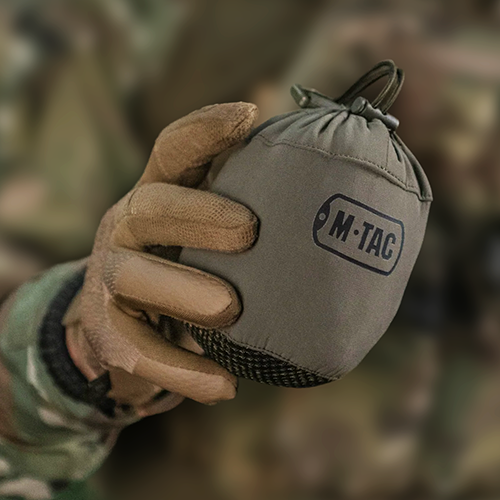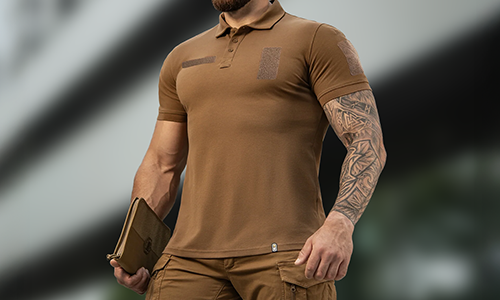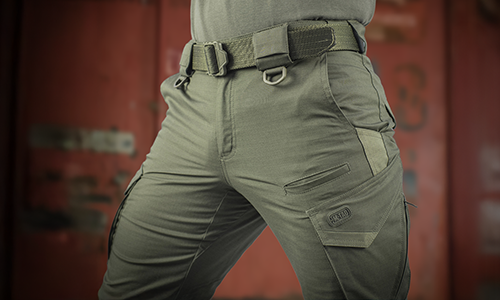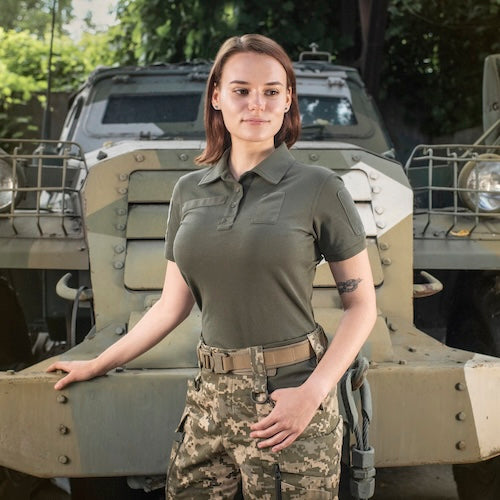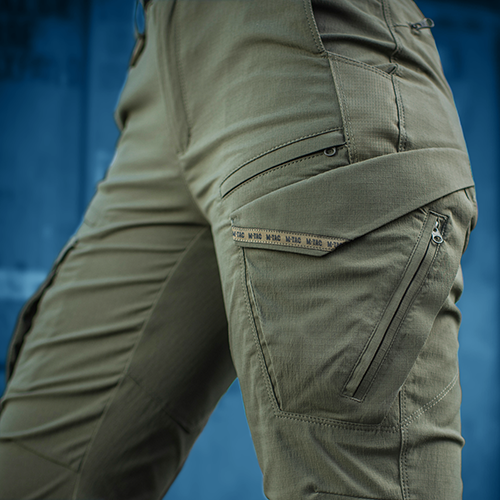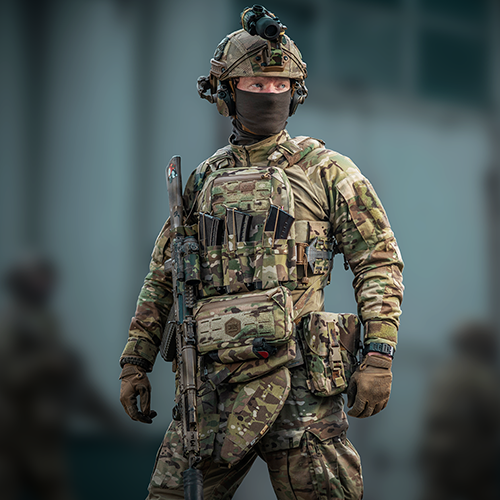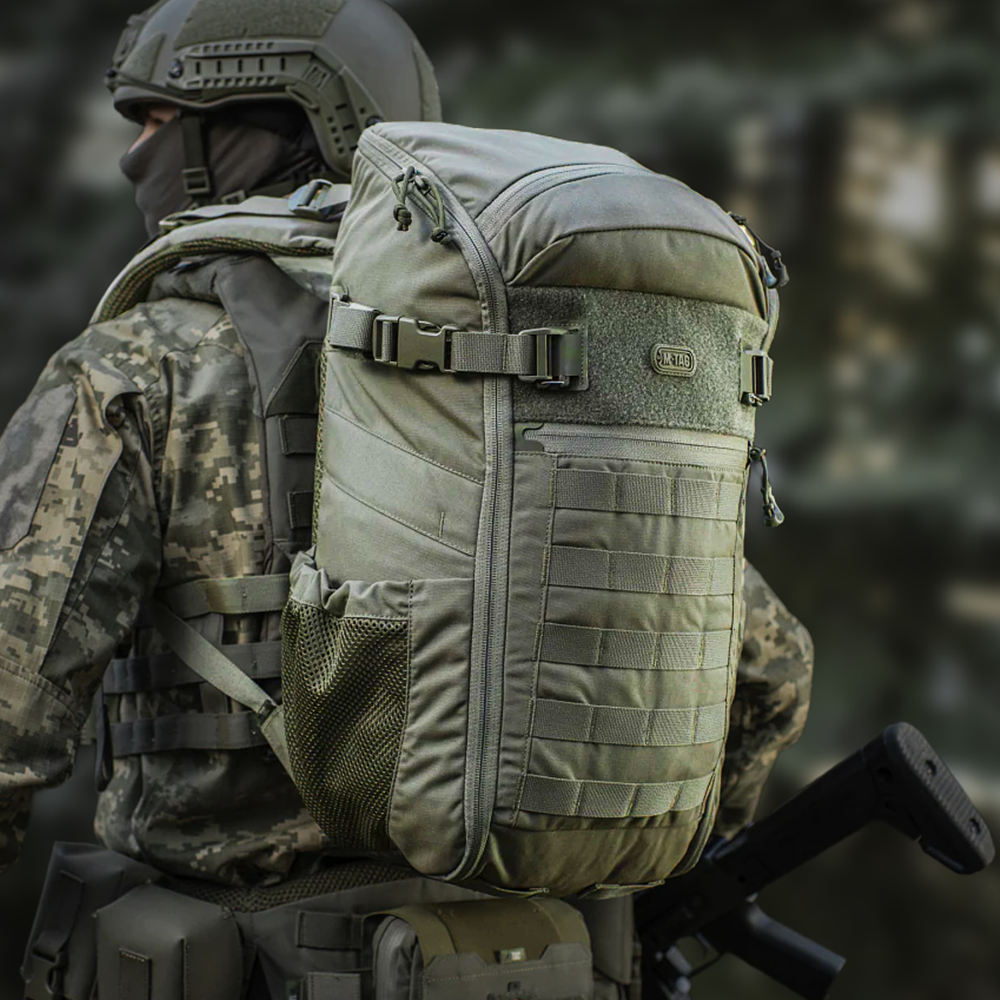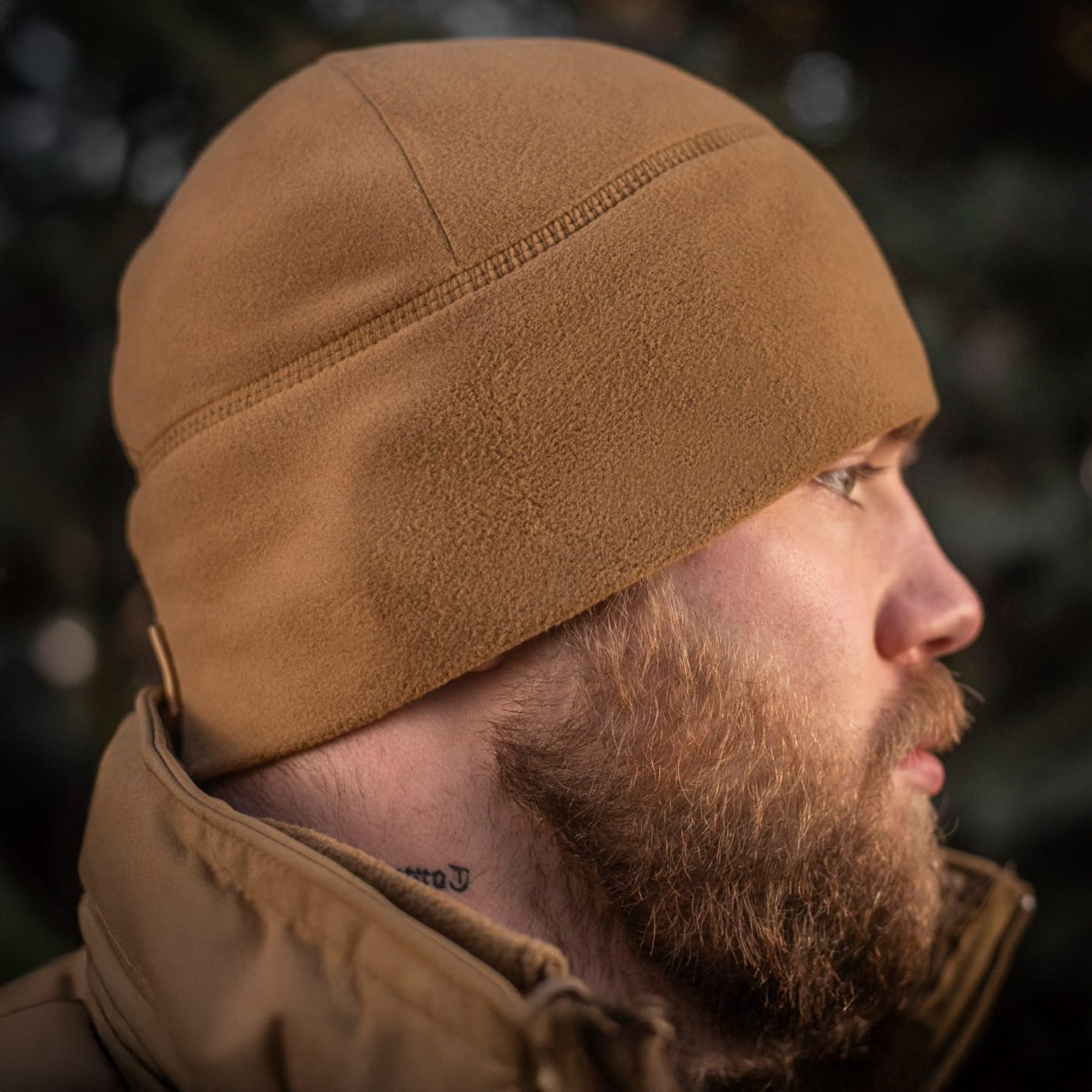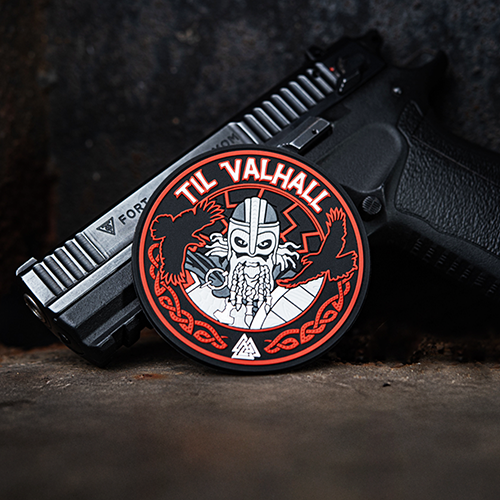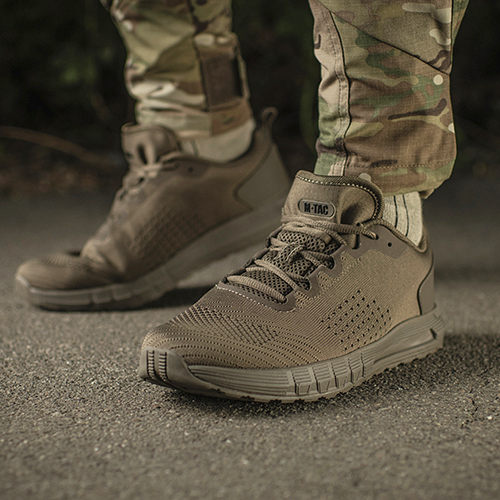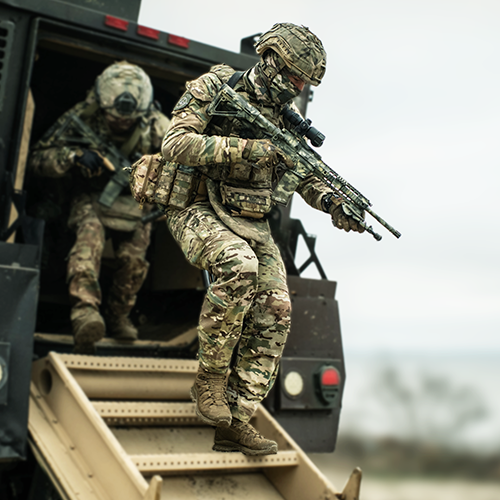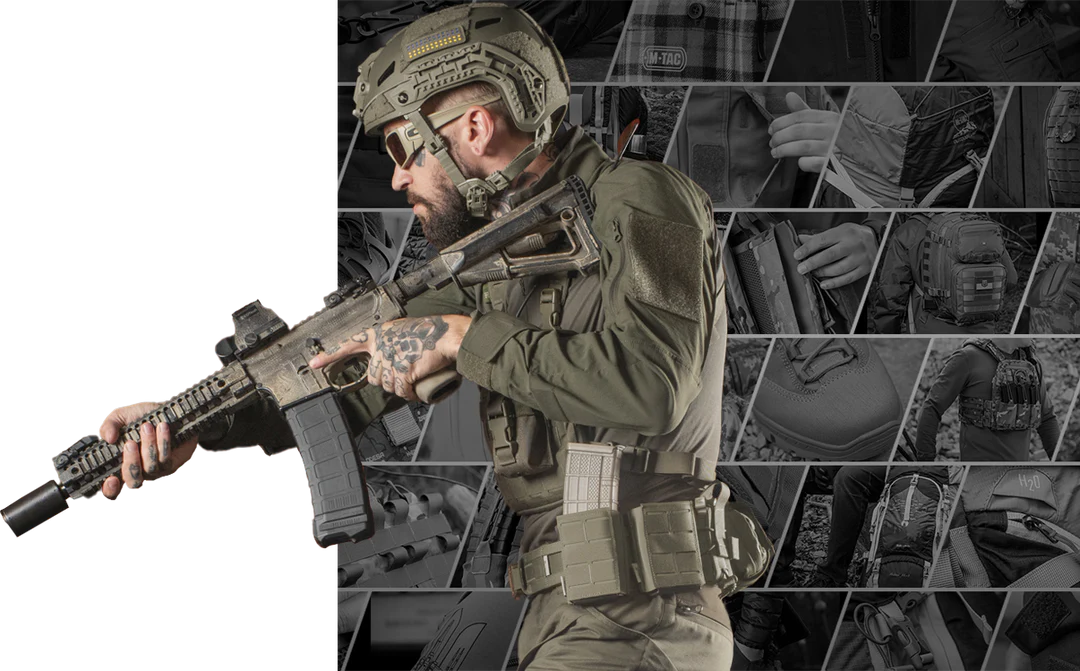All militaries have interesting customs and traditions, but the specific use and implementation of hats and any form of headgear can be a unique and defining component of a military uniform. Additionally, police, first responders, as well as civilian auxiliary groups utilize hats for several similar reasons. Therefore, the topic of military hats has some technical but rather interesting elements to understand. Although they may appear different, most hats fall into a couple of major categories.

Military Hat Names
Throughout the centuries, the various styles and names of military hats have changed, but the general uses have mostly remained the same. Sometimes employed for impractical reasons, most forms of military headgear have served some type of practical purpose, given the ever-changing nature of warfare. In both historical and the present day, hats are used to help identify friendly forces, and can also denote further meanings. The four most common military tactical hat are:
- the patrol cap,
- the beret,
- the boonie hat,
- the combat helmet.
These types and styles of headwear are used by virtually all militaries for garrison or combat use, as well as for several other reasons.
Patrol Cap
The patrol cap or “PC” as many servicemembers call this piece of gear, is generally an issued soft cap that normally incorporates a rigid brim. The patrol cap takes style cues from both Victorian-era headwear and more casual baseball caps often worn by American and now many international sports athletes. These caps need to be test fit and the proper size selected by a servicemember to sit correctly on the top of the head.

The patrol cap is mostly worn in garrison, peacetime, and less threatening environments, but can also be used in the field, especially when a unit is trying to minimize their noise signature. The patrol cap enables a military to issue a standard lightweight piece of headgear which provides some light environmental protection, while also providing a way for friendly forces to identify the force, rank, and name of the individual.
Beret
The beret is often associated with French military forces, which is historically true, but the beret shares a rich heritage across most militaries. The beret is often worn in ceremonial and garrison environments, not lending itself well to many practical modern uses. However, the different styles and colors of berets often distinguish elite servicemembers from their conventional counterparts; the best example of this being the green beret worn by American Army special forces soldiers.

Berets are also used as a method to identify and distinguish troops that are on peacekeeping missions to clearly present a less threatening posture to the local population (ex. blue United Nations berets). The beret is a hat that often needs to be tailored and shaped to be worn to standard, otherwise a service member can look less than professional if a beret is not properly fitted (thus it is not the most endearing hat to many soldiers).
Boonie Hat
The Boonie hat is likely one of the most misunderstood pieces of military headwear. Often portrayed by Hollywood as a hat used strictly by only the most elite soldiers on the most daring of missions, Boonie hats, and other hats of this style, are far more practical in their use and issue. A large floppy hat provides users with the maximum level of sun and environmental protection, while also allowing for the hat to still be within uniform regulations and military standards.

Sometimes senior leadership does not like the look of these hats, but the majority has always won out with their issue and use. More field oriented than the patrol cap, the Boonie cap also enables users to have a more comfortable and flexible piece of headgear. It is best used in hot deserts or humid jungles. The Boonie hat can be augmented for different mission sets, making it an essential hat for specialty troops.
Combat Helmet
Although not a simple hat, the combat helmet has proved to be an essential, lifesaving, piece of military headgear. The modern combat helmet was developed and widely used during the First World War, enabling soldiers to have some degree of armor protection to their heads, from shrapnel and incoming fire. These pieces of headgear varied greatly from force to force over the remainder of the 20th century, with some countries focusing on ease of manufacture, while others prioritized protection.

However, most militaries have opted to utilize helmets which provide the maximum amount of armor protection, while still enabling the helmet to be lightweight and comfortable. Additionally, modern helmets are designed to easily interface with night vision, communications systems, and other pieces of essential gear for the modern warrior to utilize. The modern ballistic helmet needs to also be fitted and sized to each soldier and can be more finely fitted by adjusting internal padding.
Other Hats
There are still a vast number of specialty pieces of headwear worn and used by the militaries of the world. Most countries issue their troops some form of cold weather beanie, which is sometimes allowed to be worn with the normal uniform. These are commonly worn by troops in cold weather climates, but they also can be commonly seen as a part of the physical fitness uniform. Another piece of kit is the shemagh, which is essentially a tactical scarf. This flexible item can be used in conjunction with other pieces of headwear or kit but can be wrapped around the face and head to provide camouflage or light environmental protection. The balaclava is another example of a mission-configurable piece of headgear, enabling the user to cover most of their face and head to conceal and protect themselves.

The militaries of the world use unique and mission-oriented hats and headgear, but most of these pieces fall into similar categories. Varying forms of the patrol cap, beret, Boonie cap, and combat helmet are standard issues and can be seen in wide use across all continents and conflicts. Additionally, many secondary hats and headgear make their way into use, by both official and unofficial means. Hats have been and will always be used to both protect and identify the individual wearing them.
